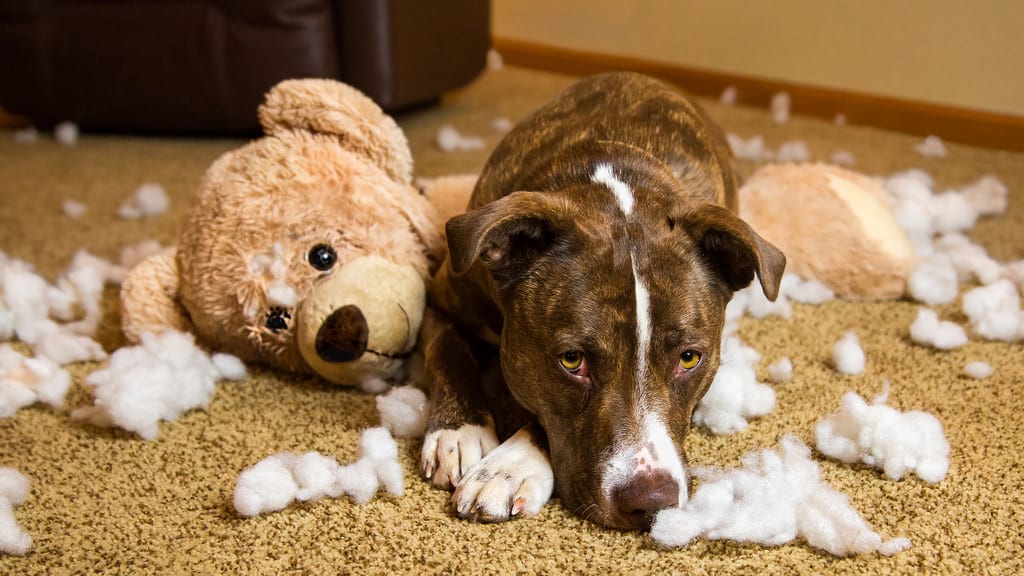Using positive reinforcement
So you've finally adopted a pet for all the right reasons after deciding on breed, gender, color, and possibly even the breeder. Oh, but now the hard work really begins: You have to prepare the house for your new family member and decide what kind of lifestyle they will enjoy during the rest of their days. And that means agreeing on how you will be trained. Remember that cats and dogs often live more than 10 years, so if you are going to be a responsible pet owner you should start off on the right foot.
Whether you've adopted a puppy, an older dog, or even a cat, you'll want to set the ground rules from day one. It is important that you understand your pet's needs, teach him what behavior is expected of him, and create a strong bond with him. This is where good obedience and training resources come in handy. The difficult part is: where do you start and who do you trust? While there are many schools of thought when it comes to training, why not start with positive reinforcement?

More and more homeowners avoid punishment-based training techniques, and for good reason. Studies have shown that punishment has adverse effects on pets. Not only does it increase the risk of physical injury, but it can also lead to fear, anxiety and, in some cases, aggression. Many pets trained using such techniques fear their own owners and develop long-term behavioral problems.
With positive reinforcement, pets are so motivated to work with their owners that they give them everything because their good behaviors are rewarded and their bad behaviors are ignored. Conversely, pets trained using punishment techniques give very little because their good behaviors are not rewarded, and since they are reprimanded for bad behaviors, they hesitate to make any move for fear of being punished for choosing the wrong one!
There are many good puppy training classes you can take to get your puppy started on the right foot. Then you can do the rest of the training yourself at home, or opt for group training if necessary. Regardless of which route you choose, consistency is the key to success: All family members must apply the same rules so your pet doesn't get confused.
Another important tip: spend the first week at home with your new pet so you can join him, reassure him, and of course train him to go to the bathroom!